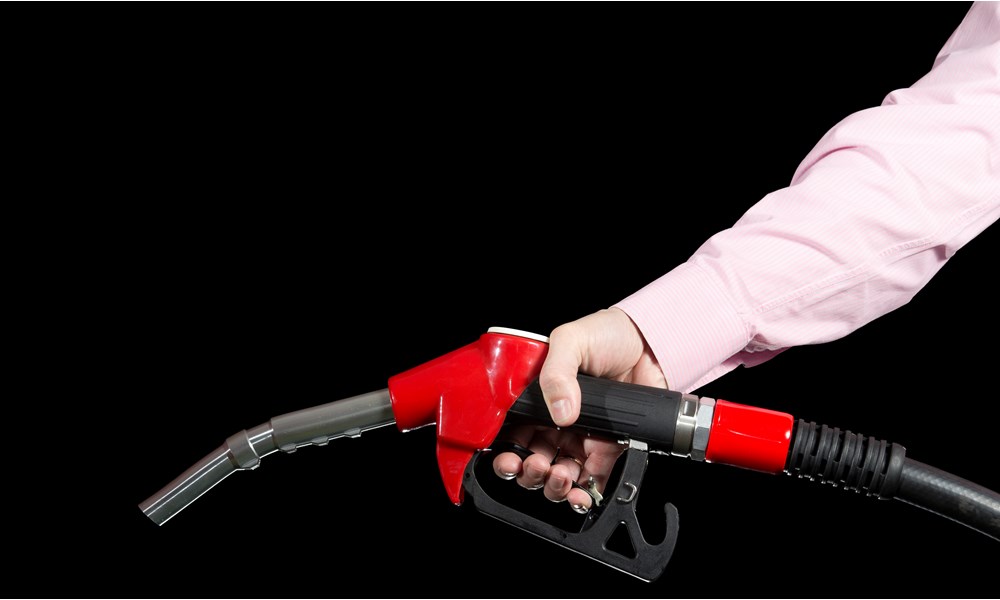
The cost of gas can fluctuate considerably from one day to the next, let alone from one week or month. Changes in the price of gas can have a marked impact on your personal budget, and drivers looking to get the best value for money should be aware of the different factors that can influence gas prices. While these factors may not be within control of the driver, Sears Imported Autos knows learning more about the vulnerabilities of gas prices can help you buy wisely. Here are five factors that affect gas prices.
Supply of crude oil. The countries that produce the world's crude oil are called Organization of the Petroleum Exporting Countries, or OPEC for short. OPEC consists of 12 countries in Africa, The Middle East, and South America. OPEC determines how much crude oil to produce and sell. OPEC exists to try and stabilize the price of crude oil (which is ultimately used to produce gasoline), but decisions made by OPEC around distribution, pricing, and production can all have a knock-on effect to gasoline prices.
Problems with the distribution network. Gasoline prices rely on a consistent flow of crude oil through the world's distribution network. Example disruptions of this include natural disasters, political instability, or conflict. Even a relatively short-lived problem can have a significant impact on prices.
Value of the U.S. dollar. The value of the U.S. dollar can impact the price of gasoline. Oil is traded on the world market in U.S. dollars, so if the value of the dollar declines in comparison to other countries, OPEC earns less per barrel. They may put the price per barrel up to compensate for this. This will then be reflected in gasoline prices.
Global demand. Worldwide demand for crude oil is steadily increasing, particularly in developing nations like India and China. Increased demand on a finite supply of resources means that prices have to go up to ensure that supply is managed in the right way. As demand increases in one location, the cost of gasoline may have to increase in another to compensate.
The Futures market. Crude oil is traded in three different markets. One of these is the Futures market. The number of barrels reported on the futures market during a seven-year period may vary considerably from those actually delivered. Information that represents the state of the oil market drives fluctuations in the price per barrel, which consumers feel in the price of gasoline.
One of the most common misconceptions about gasoline prices is that the gas stations drive and manage them simply to increase profits. In fact, prices are generally sensitive to much broader global, political, and financial factors.

